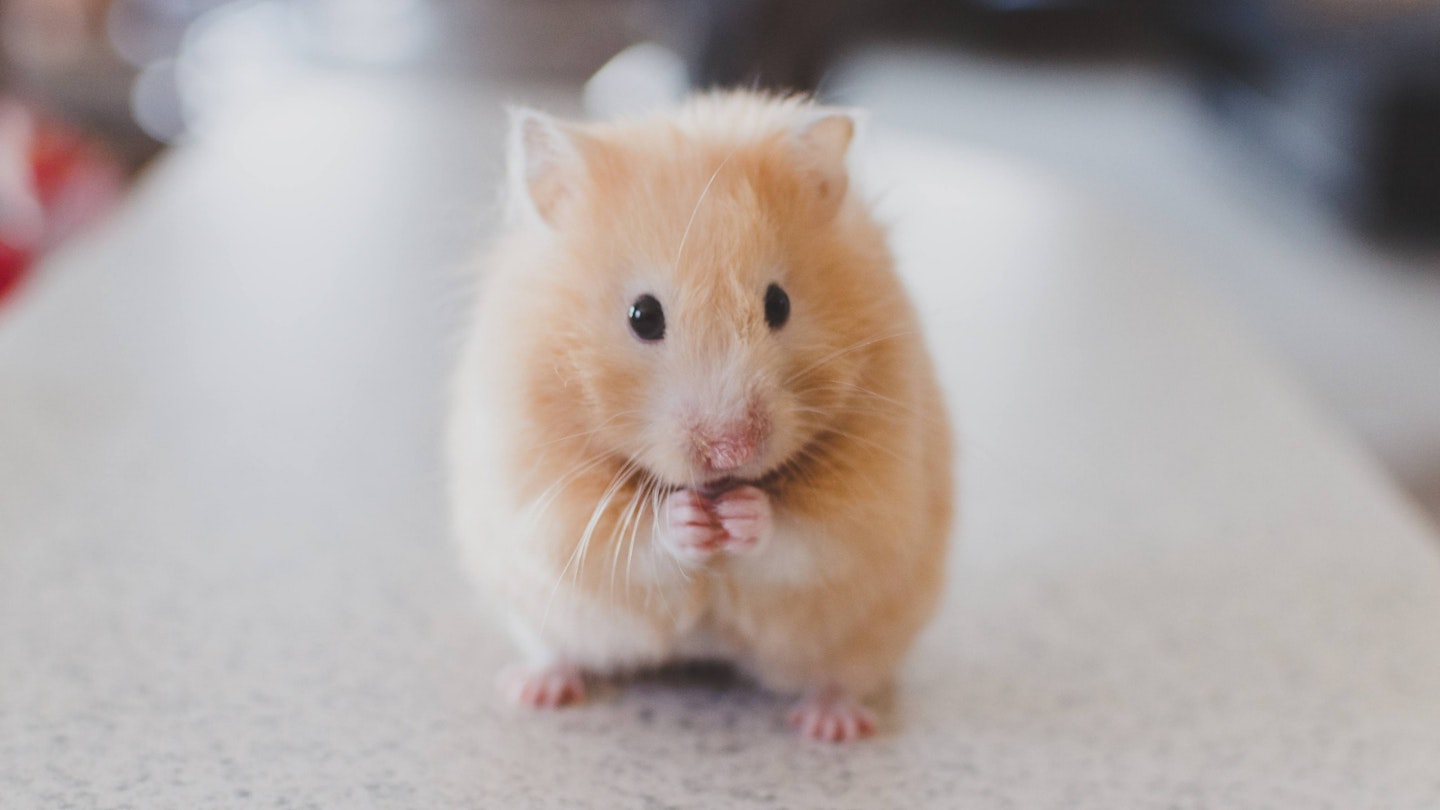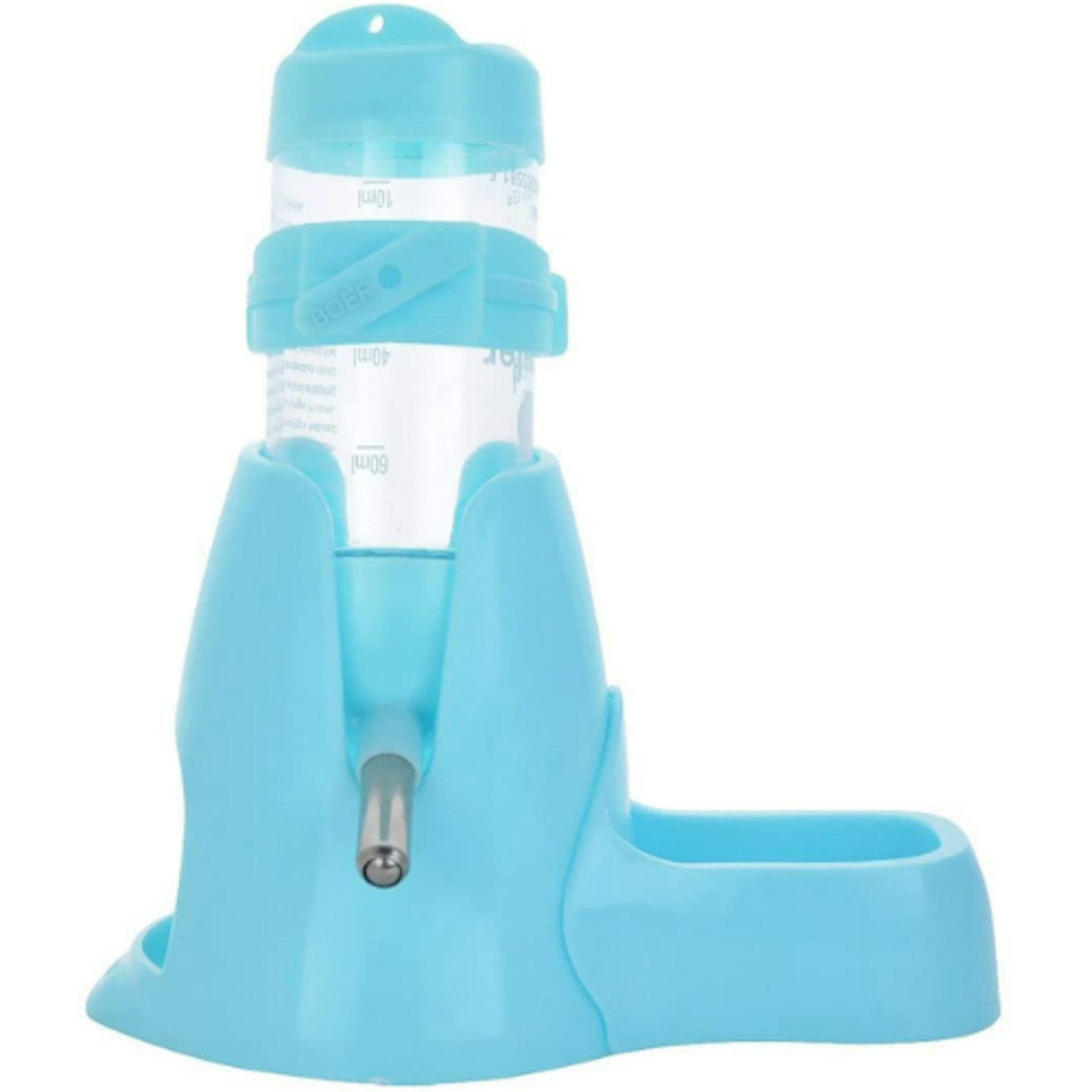Hamsters may be small, affordable, and have relatively short lifespans, but that doesn’t mean they don’t deserve to be treated as part of the family and get the same loving care as other household pets.
Fun to watch and full of character, hamsters make great first pets for children, but sadly this means their care can fall to the wayside when kids get bored, especially as hamsters are nocturnal and tend not to be as sociable as cats, pups, and other small animals.
If you’re getting a new hammie in your home and want to be best pet-parent, you’ll want to be clued up on the best hamster care tips to make sure your little friend has the best life possible. Check out our top hamster care tips that you can revisit time and time again as a guide to keeping your, or your children’s, furry companion happy and healthy.
Under the Animal Welfare Act, there are five Welfare needs for pets which include:
• Environment
• Behaviour
• Companionship
• Diet
• Health
We'll be covering all these off so your hamster is as happy as can be!
Hamster care tips
Environment
Choose the right habitat
First and foremost, you need to make sure you have the perfect home for your little critter. While your hamster may be small, it's recommended to provide them with a home that's as large as possible, measuring at least 60 x 30cm, with wide floor space for them to run around in.
Budget and breed could also impact your cage size decisions; Syrian hamsters need double the space of dwarf hamsters as they are that much larger and would benefit from having a larger cage as a result.
A multi-level cage can provide fun areas for your hamster to climb and explore, but remember it's the size of the floor space, not the height, that matters.
Hamsters love to burrow too, so it's also recommended to choose a cage with a deep base (minimum 3cm) that you can fill with bedding for them to dig in and explore.
Your hamster's cage should be a safe space for your hammie, free from hazards and close-contact cables, and secure - you don't want your hamster to escape after all! The cage should be sturdy, with most hamster cages made from wire and plastic, but make sure to keep an eye on their environment for any escape attempts from eager gnawers.
Read next: The best hamster cages to keep your tiny pet happy
Shop hamster cages
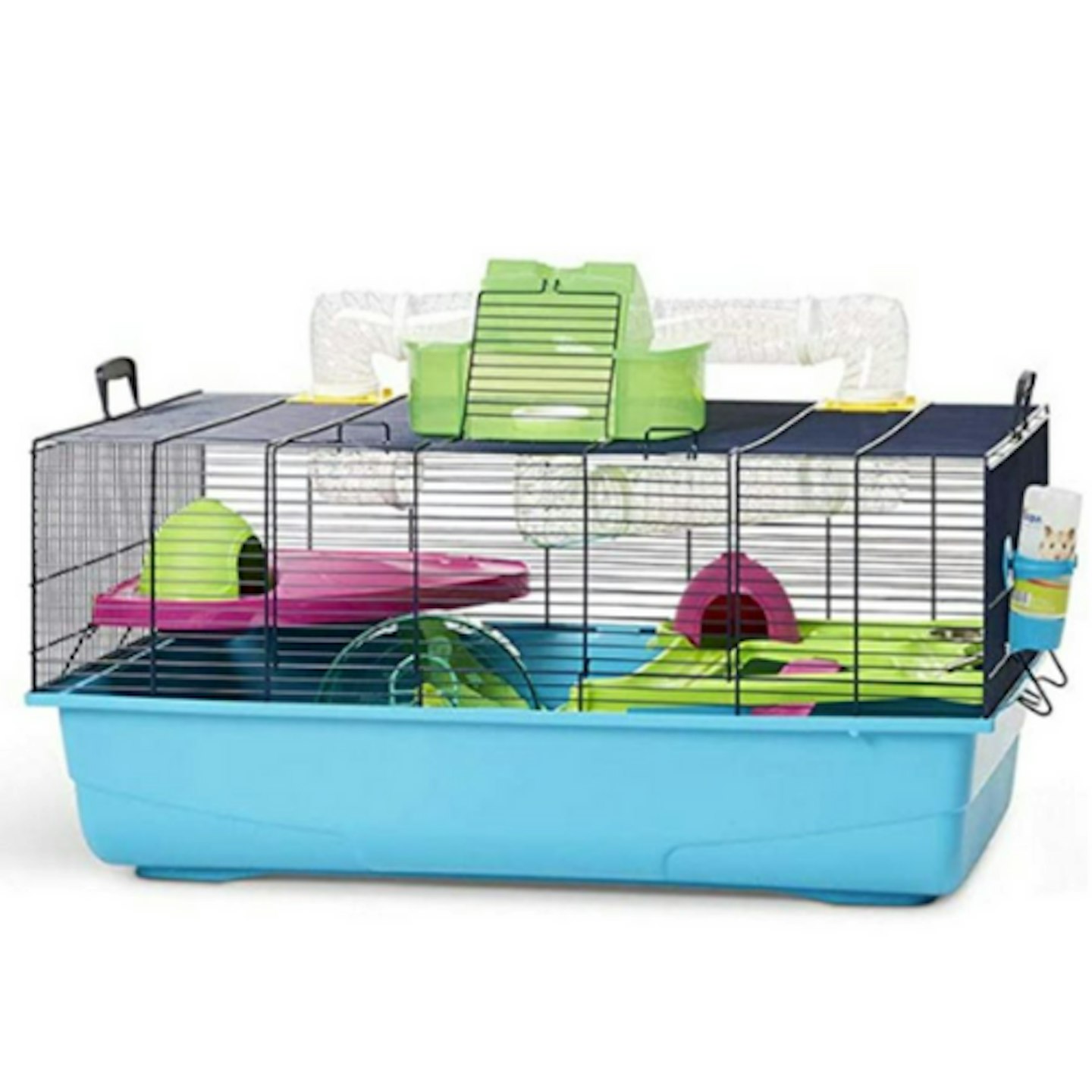
www.petsathome.com
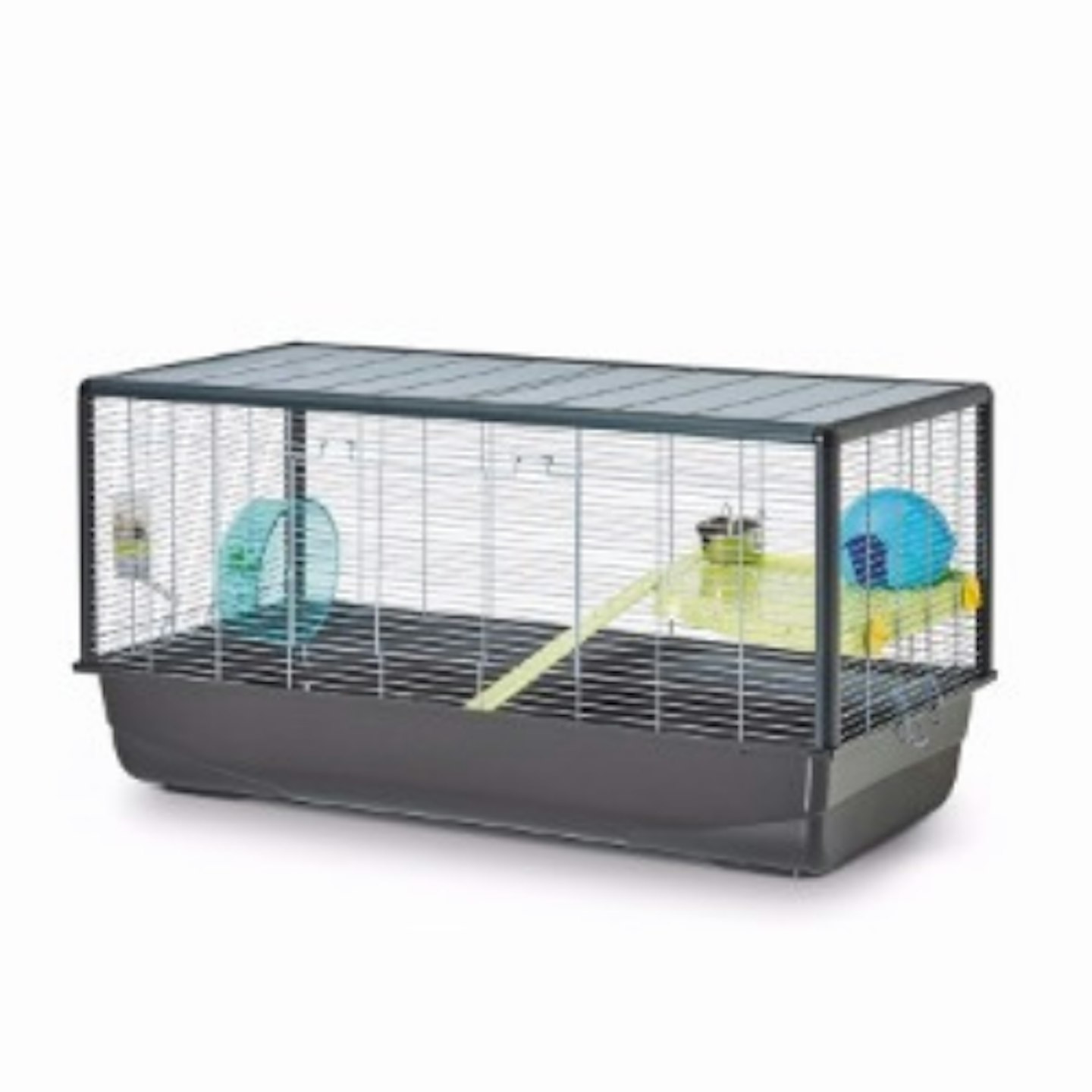
www.petsathome.com

www.petsathome.com
Provide plenty of bedding
Hamsters naturally love to burrow, so it's important to provide plenty of dry bedding for them to dig through. However, not any old bedding will do. Hamsters often carry bedding around in their cheek pouches so it's important to choose bedding that's soft, dust-free so as not to negatively impact their respiration, and free from harmful chemicals and preservatives.
Good options include dust-free wood shavings, great for urine and odour absorption, and natural paper fibre bedding.
Shop hamster bedding


www.wilko.com
Give them an area to nest
As well as bedding, it's important to provide your hamster with a shelter to nest or hide. It should be a warm, dark space where they can comfortably rest, sleep, and store food and it's recommended that the shelter doesn't have a floor so your hamster can snuggle and dig down into their nest bedding.
Shop hamster hides



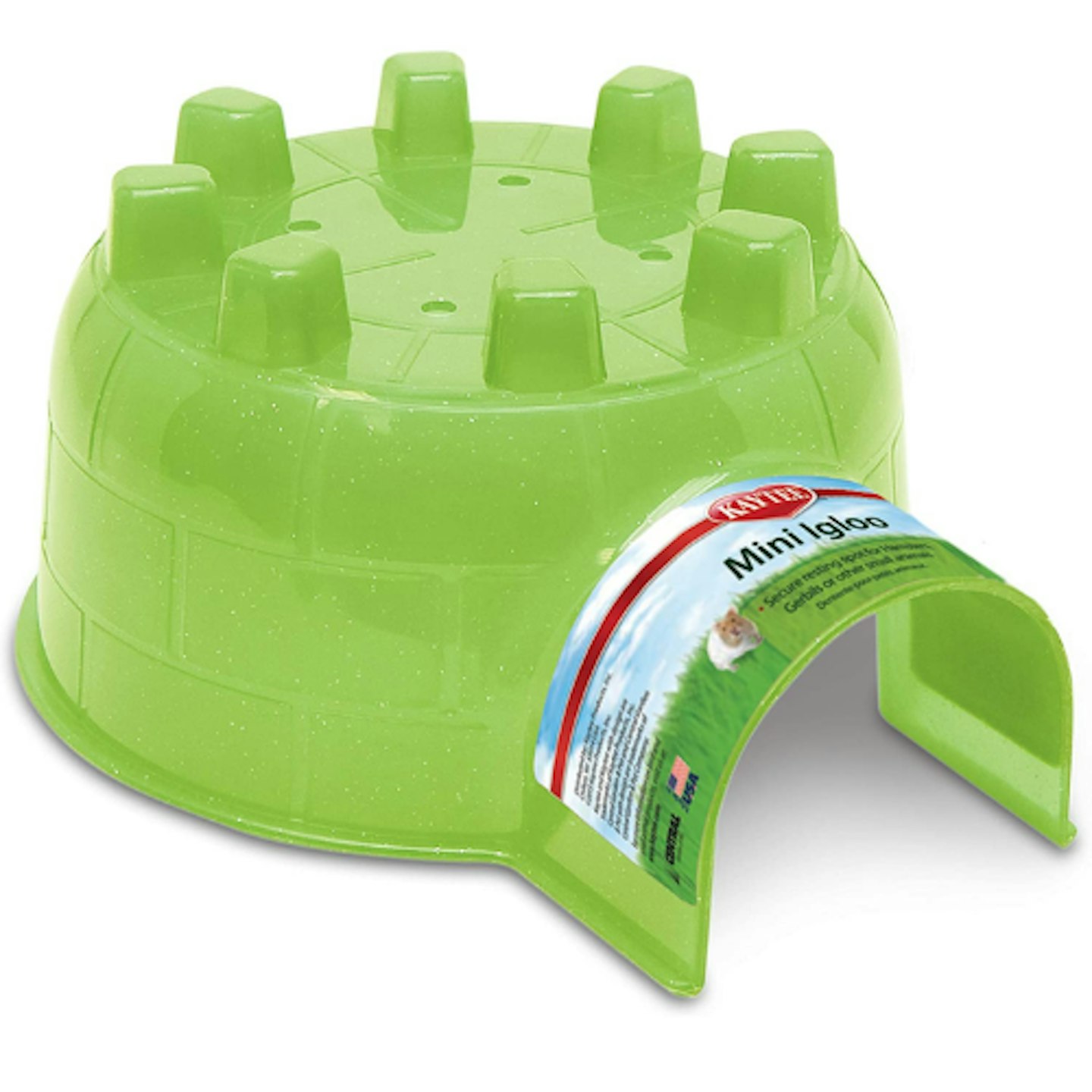
Place their habitat in a comfortable space
Your hamster cage should be placed in a draught-free space in your home that has a stable temperature and isn't in direct sunlight to match its natural climate in the wild. You should also place their cage in a quiet location where they can rest undisturbed, especially important due to their nocturnal nature. After all, who likes listening to loud music or bangs when they're trying to sleep?
Hamsters are also sensitive to high-frequency sounds that we can't hear emitted from household appliances such as computers, televisions, and vacuums - placing them away from these will make their environment much more comfortable and less stressful.
Clean your hamster's space regularly
Hamsters are clean little creatures, but they can't clean their cage on their own. You should clean their cage regularly, replacing soiled bedding for dry bedding to prevent bacteria growth. As a rule of thumb, you should:
• Spot clean daily, replacing noticeably wet bedding
• Replace bedding weekly, leaving some existing unsoiled bedding to retain their familiar scent
• Deep clean their cage once a month
As hamsters are tidy, you'll likely find they pee in only certain areas of the cage which makes cleaning easier, but you should wait until they are fully awake to clean their cage so as to not cause too much stress.
To deep clean their cage or spot clean soiled areas such as bowls or their wheel, it's recommended to use a hamster-safe disinfectant or a mild soap and water solution.
Shop hamster cage disinfectant

www.petsathome.com
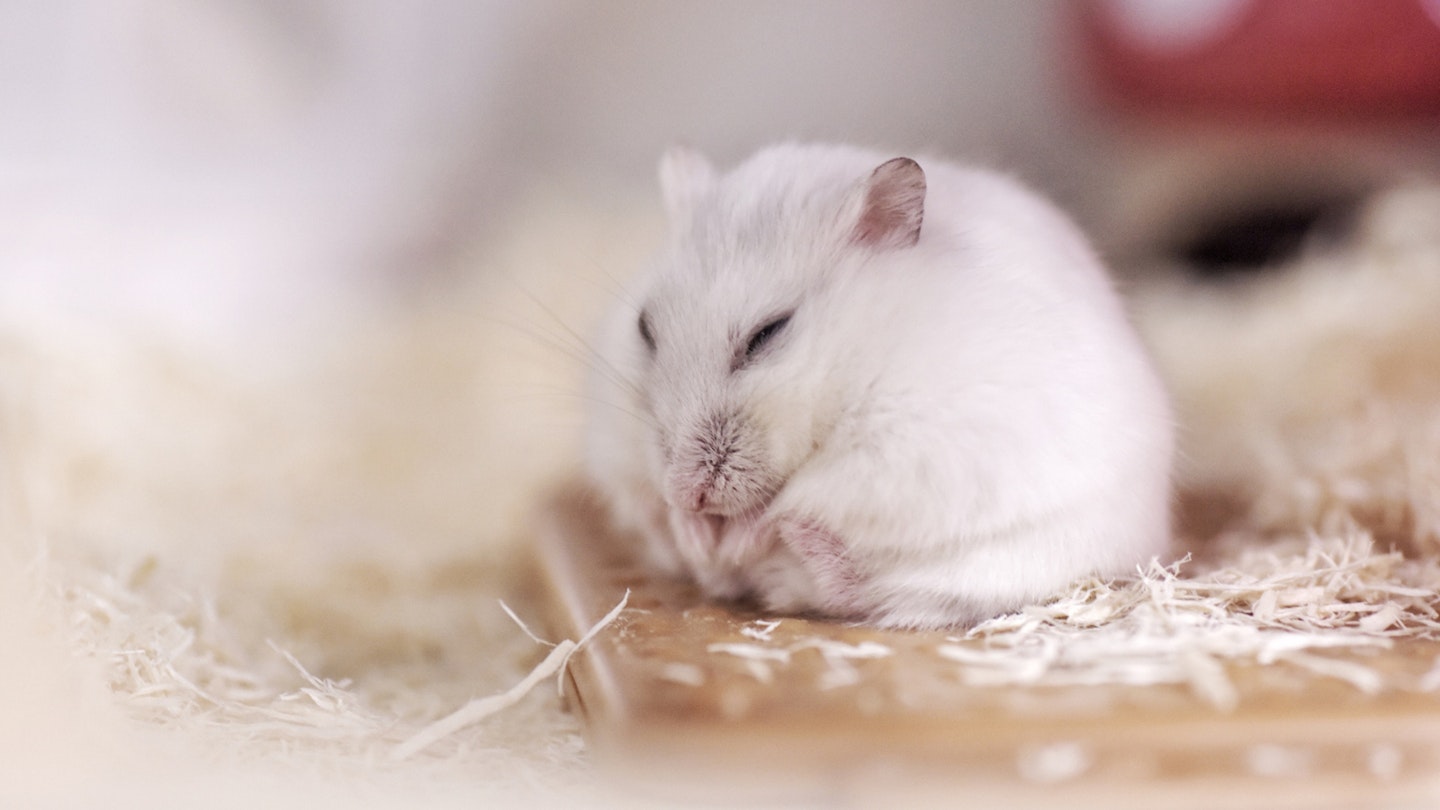
Behaviour
Give your hamster plenty of enrichment and exercise
Hamsters are extremely active and can run up to five miles a day - for such tiny creatures, it puts us to shame! For that reason, you need to provide them with plenty of opportunities to play and exercise for both mental and physical stimulation.
Alongside toys and areas to explore, a hamster wheel is highly recommended for them to get their steps in and burn some energy. Hamster wheels should be large, sturdy, non-slip, and fixed close to the side of their cage. They can be quite squeaky, but there are 'silent' wheels available to buy.
You should also let your hamster spend time out of their cage with a hamster ball being a great option for enrichment, but you should also keep a close eye on your hamster and never leave them unattended.
Shop hamster toys and wheels
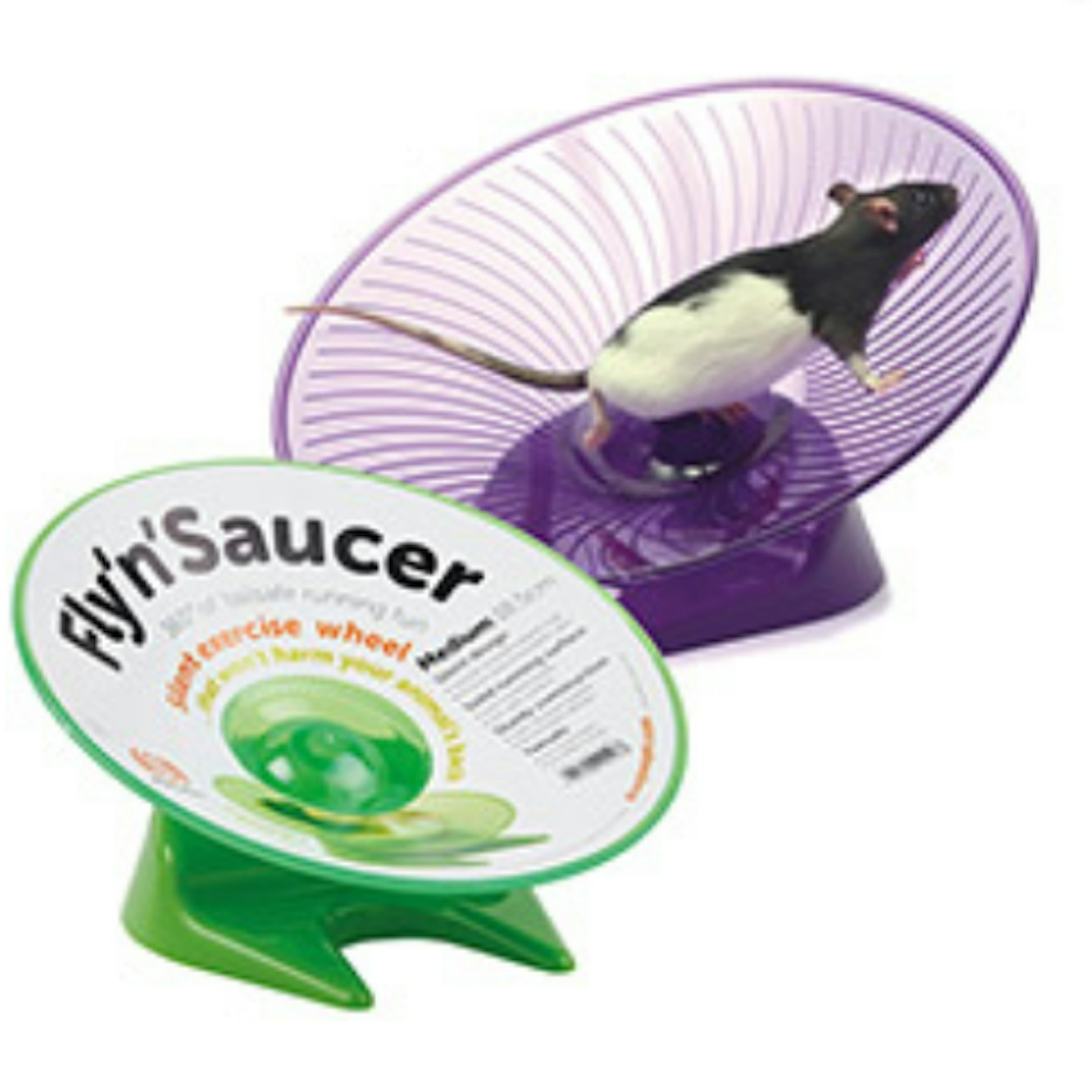
www.petsathome.com
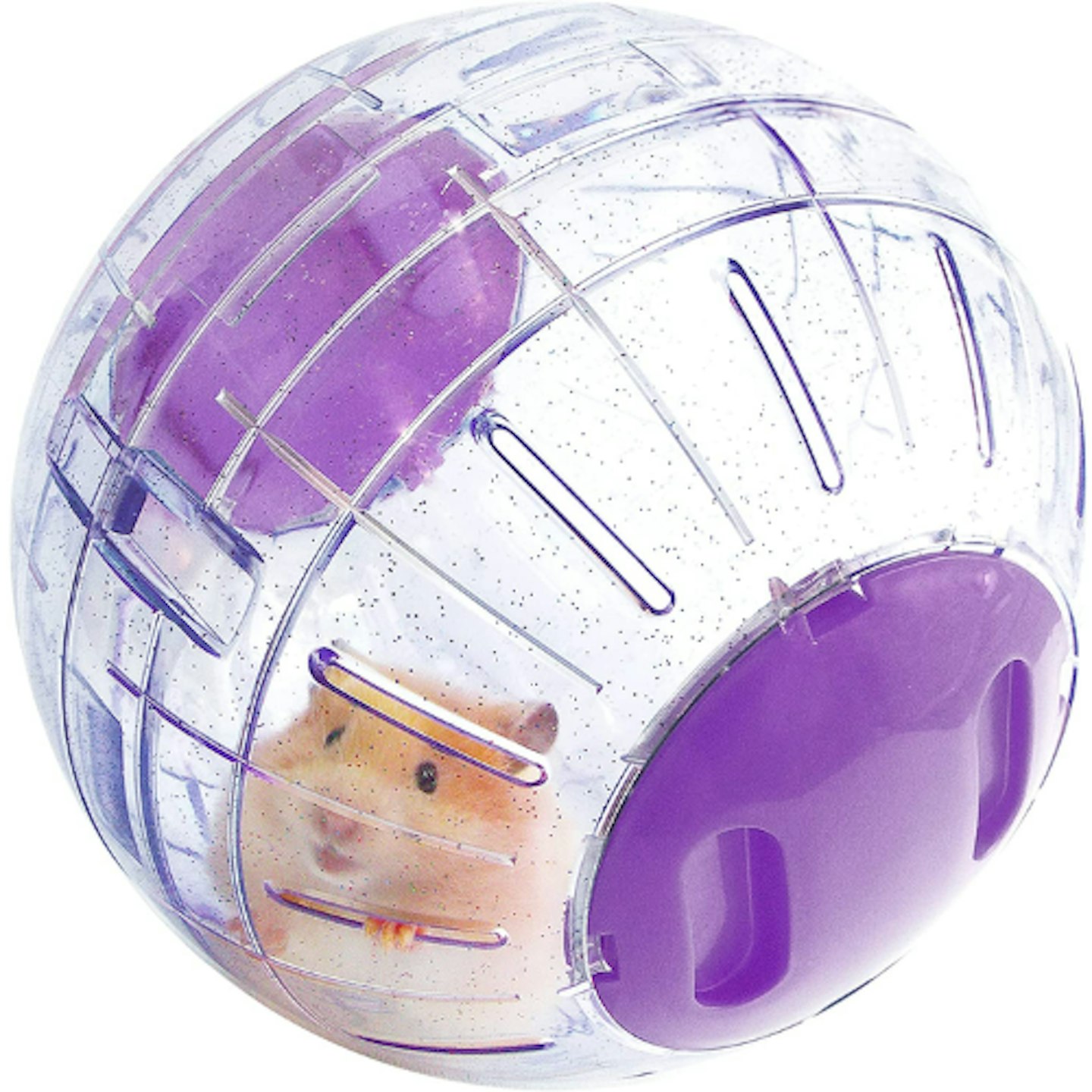
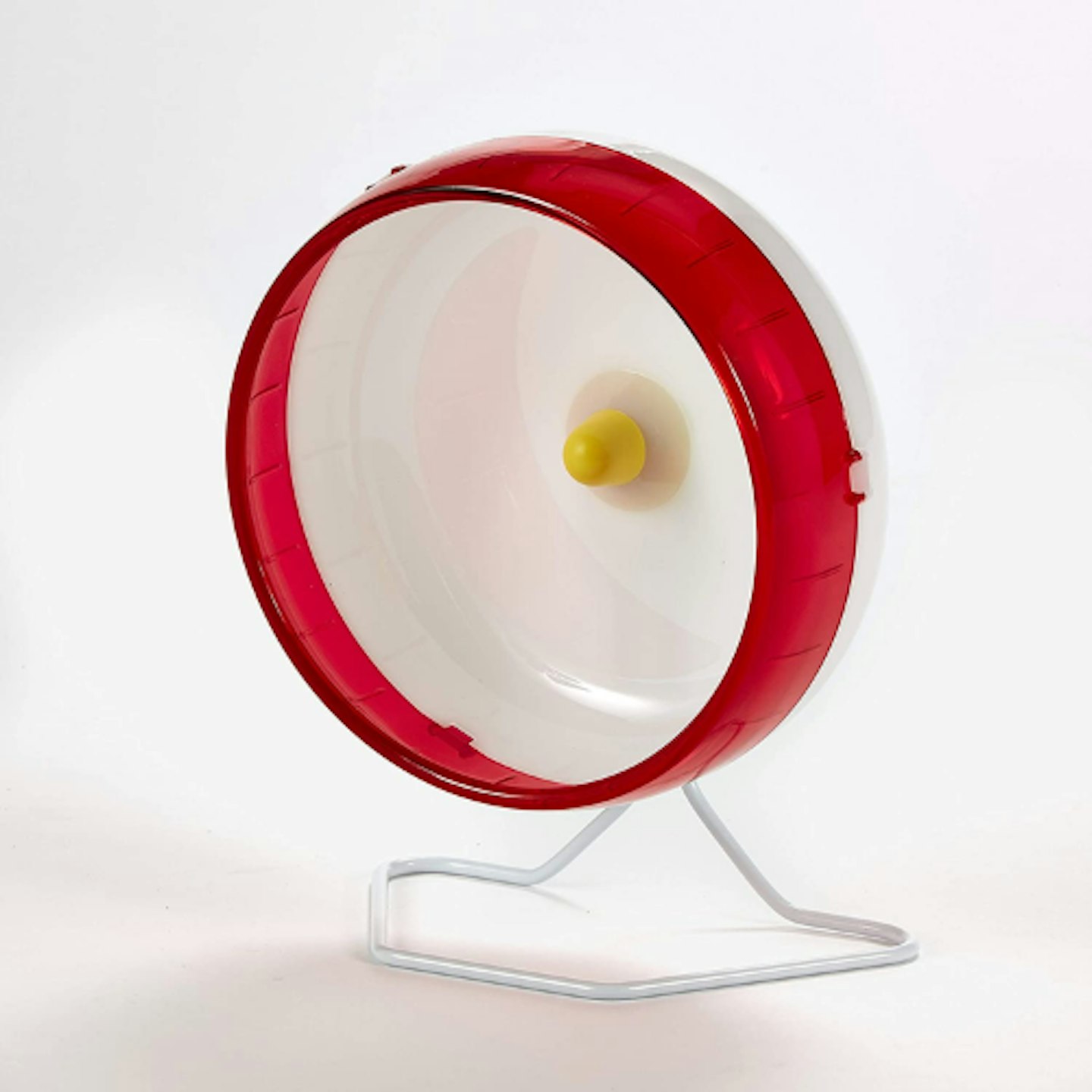
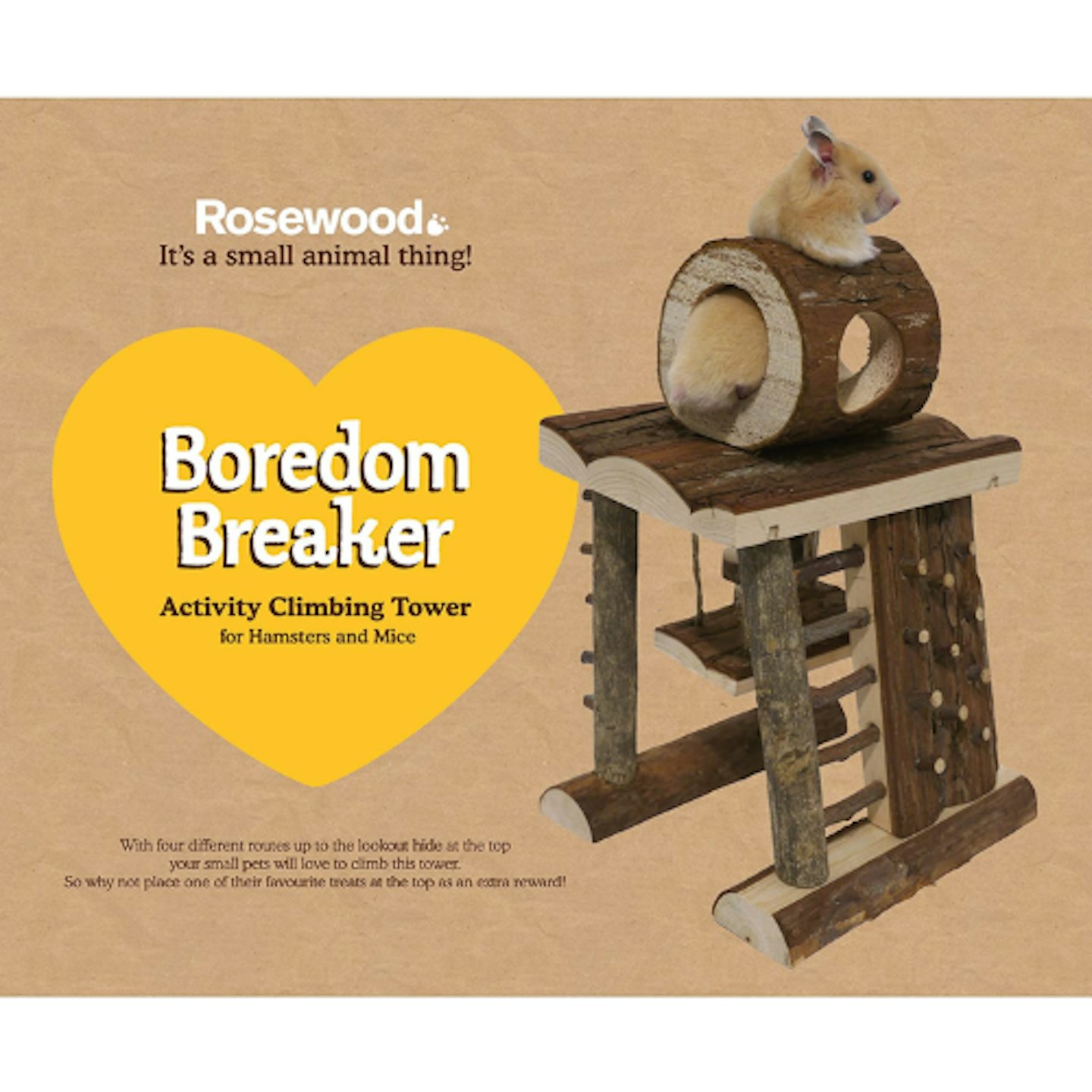
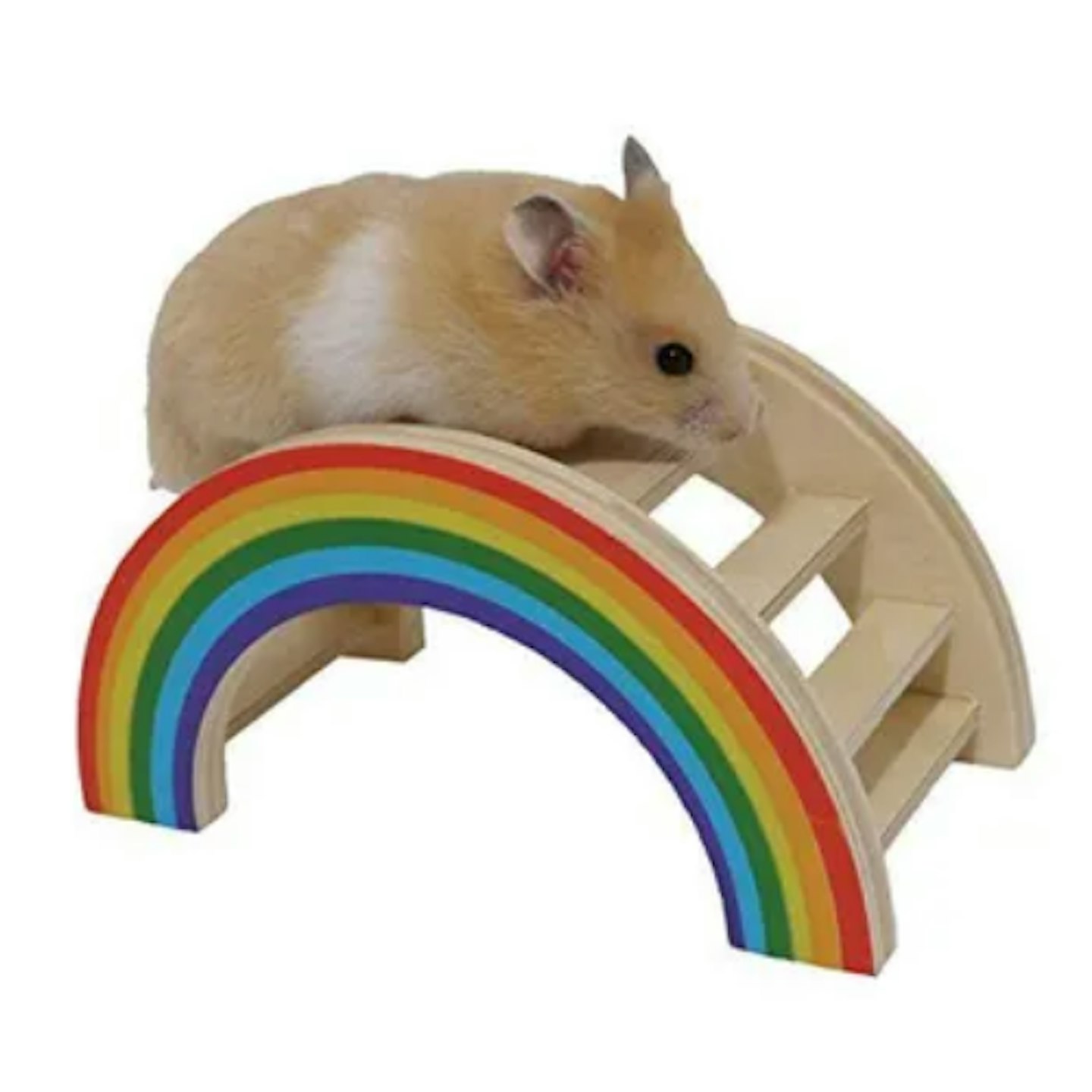
www.jollyes.co.uk
Don't disturb them when they're sleeping
Hamsters are nocturnal and often rest and sleep during the day - you should do your best to leave them to slumber undisturbed. Hamsters are naturally timid and can easily get distressed, so you should avoid waking them.
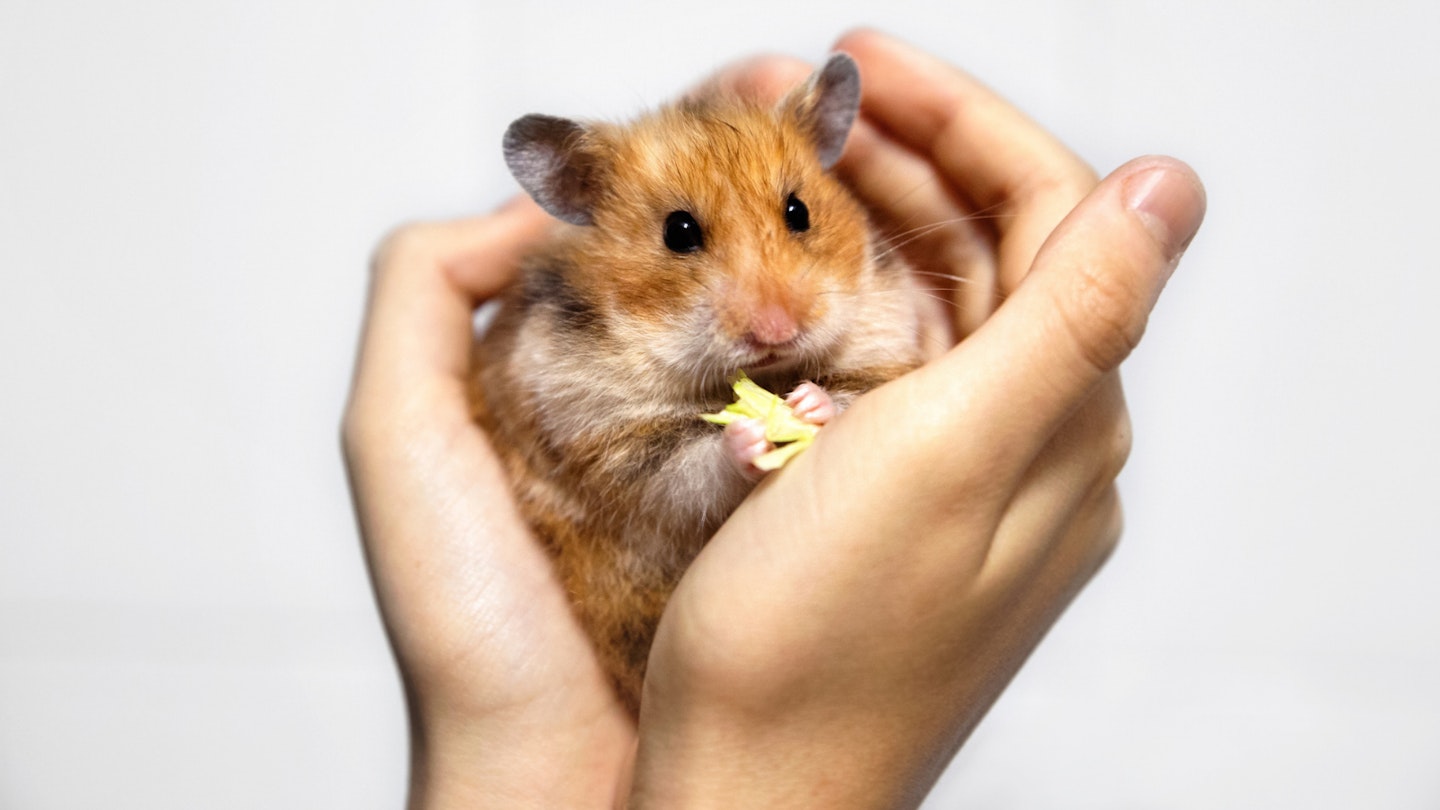
Companionship
Give them a solitary space
Hamsters are solitary animals and can become aggressive if placed with other hamsters.
Syrian and Chinese hamsters should always be housed on their own, and whilst some species like Russian Dwarf hamsters are more sociable and can be housed in pairs, it's not always recommended.
If you are pairing Russian Dwarf hamsters to live together in the same cage, they should ideally be from the same litter or paired from an early age to reduce the risk of fighting. The cage should also be a substantial size so they can have their own solitary spaces within the habitat with multiples of everything so they don't fight over certain toys, food, hides, or wheels.
However, despite all this, there is still a chance your Russian Dwarfs could fight, and if so you may need to consider separating them into different cages.
Get in the routine of handling
In order to make your hamster feel more comfortable with you, you should handle them regularly. That being said, not all hamsters are sociable or comfortable with human contact, and it may take some time to build their trust. Here are some top tips to help build that bond whilst reducing the stress put on your hamster:
• Don't rush into handling training, let them get used to their new home first
• Get them used to your hand. Offer them treats from your hand and move your hand around their cage for spot cleaning and arranging toys
• You can now try offering a treat on your open palm within their cage. Make sure your hand doesn't smell of food, otherwise you may get an inquisitive nip!
• Once your hamster climbs completely into your palm, you can try gently lifting them up. If they're not a fan of being lifted, practice lifting them first with a mug or jug that they're happy to climb into.
Victoria Raechel, a passionate pet-parent with a decade of hamster care experience, shares some more fab handling and bonding tips on her YouTube channel:
Diet
Provide your hamster with a balanced diet
Hamsters need a varied and balanced diet to have them feeling their best! The PDSA suggests the ideal, well-balanced hamster diet should include:
• Hamster-specific pellets - commercial pellets are recommended over muesli-style mixes with 17-19 per cent protein, 4-7 per cent fat, and 6-15 per cent fibre.
• Timothy hay - full of fibre
• Small pieces of fresh vegetables and fruit
• Occasional treats, like mealworms, nuts, or commercially available hamster treats
Read next: Keep your hammie happy with the best hamster food
The best recommendation is to feed your hamster one to two tablespoons of food every two days. This gives your hamster the opportunity to eat all their food and get all their necessary nutrients.
If you want to make feeding fun, try hiding treats and pellets in their cage for them to find for a change, instead of just topping up their food bowl.
Shop hamster food
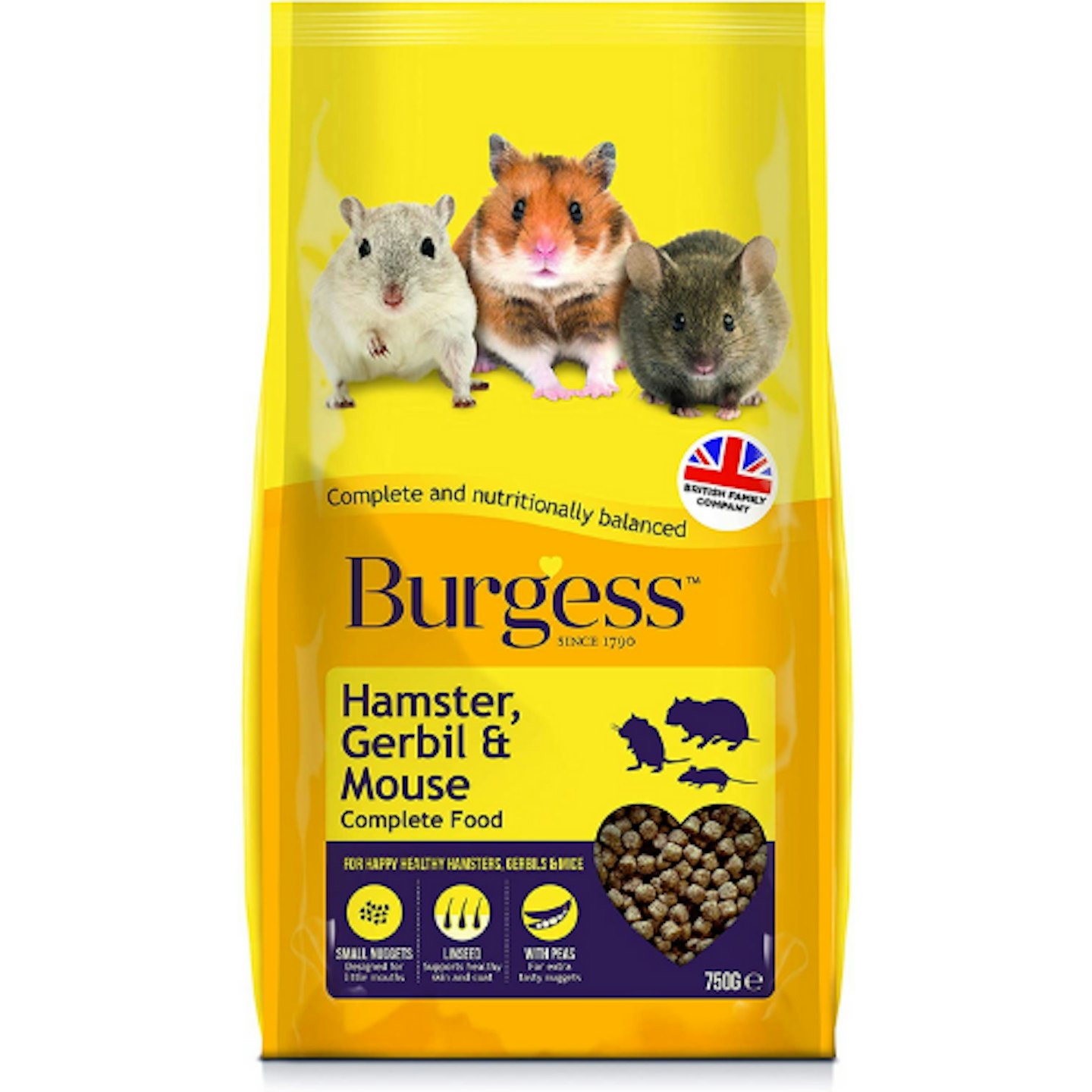
www.petsathome.com

www.petsathome.com

www.petsathome.com
Make sure they have constant access to water
Alongside their meals, hamsters need constant access to fresh and clean water - ideally from a water bottle with a metal spout. You should make sure to check their bottle regularly for leaks or blockages and make sure the bottle isn't too large, otherwise they'll struggle to operate the valve.
Shop hamster water bottle

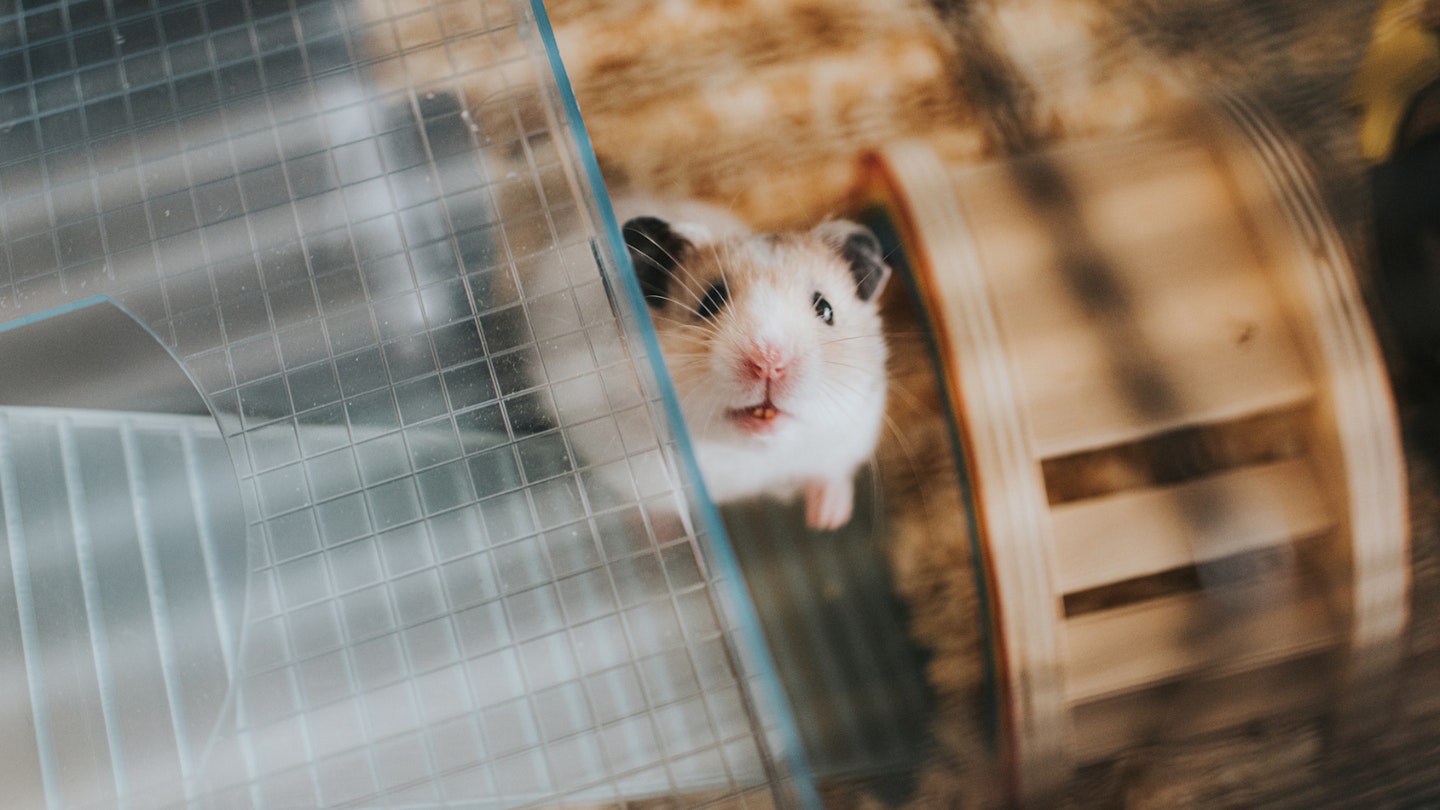
Health
Regularly check your hamster's front teeth
A hamster's teeth never stop growing, and if they become overgrown or affect your hamster's feeding habits, they'll need to be taken to the vet.
To prevent this from happening, supply your hammie with objects to gnaw to help wear their teeth down. Not only is it good for their health, but it's great for stimulation too!
Shop hamster gnaw toys
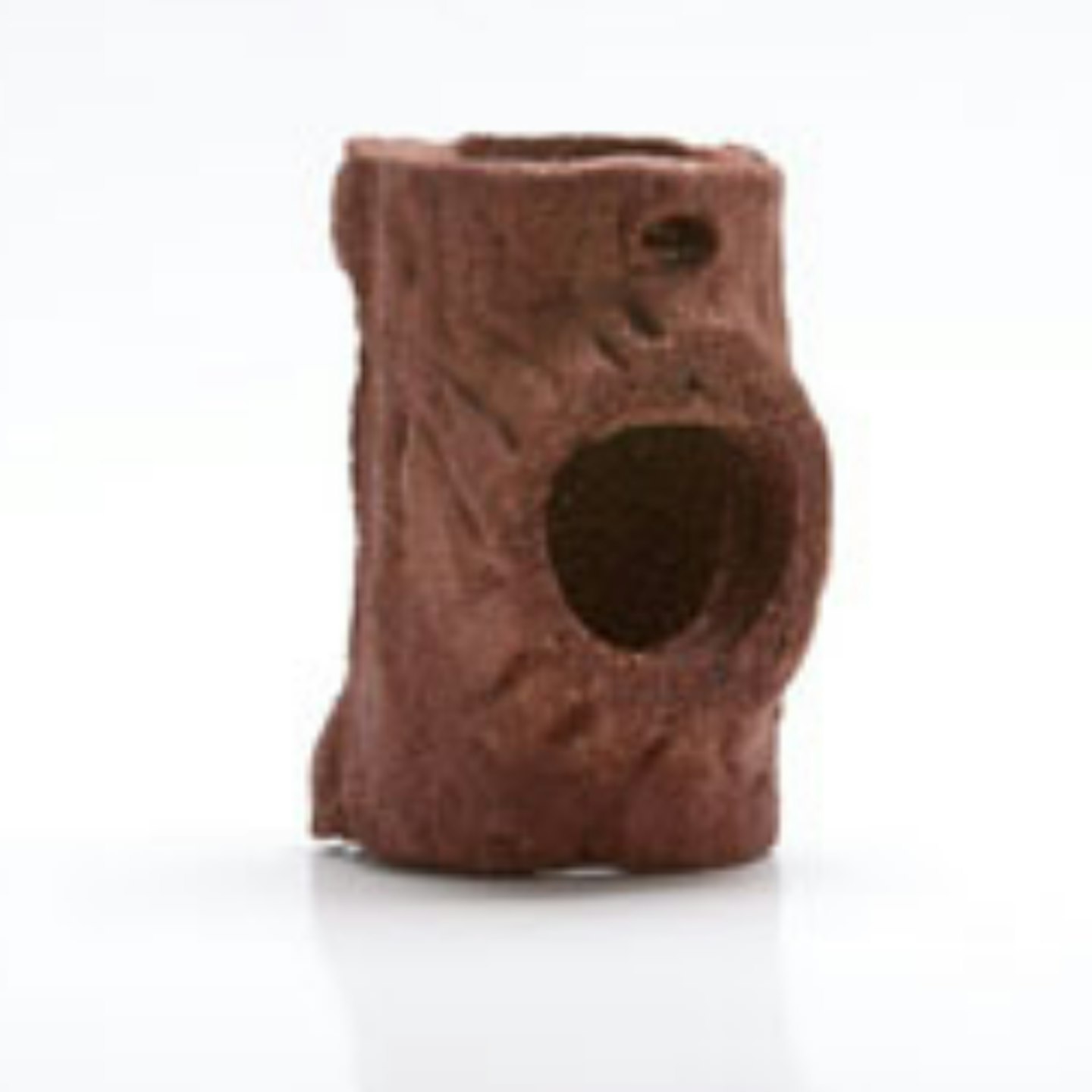
www.petsathome.com

Check your hamster for signs of illness or injury
Hamsters often do their best to hide signs of illness or injury, as they would in the wild, so you should check up on them every day to make sure they're okay. Some health conditions include:
• Parasites: check for itching, skin irritation, or rapid weight loss
• Wet tail: bacterial infection with symptoms including diarrheoa, loss of appetite, and lethargy
• Abscesses: check for lumps or swelling on the skin
• Pneumonia: check for sneezing, loss of appetite, discharge from the eyes or nose, and difficulty breathing
You should take your hamster to the vet immediately if you suspect they're unwell or in pain.
Keep an eye on changes in behaviour
The longer you have your hamster, the more accustomed you'll become to their routine and behaviour. If you notice that their behaviour has changed drastically, i.e. they've stopped eating, or have picked up unusual habits, it would be worth taking them to the vets to check for any underlying issues. If anything to give you peace of mind!
What to read next:
The best carpet cleaners to keep your home fresh if you have pets
Best buys from Pets at Home that your furry friends don't want you to miss
